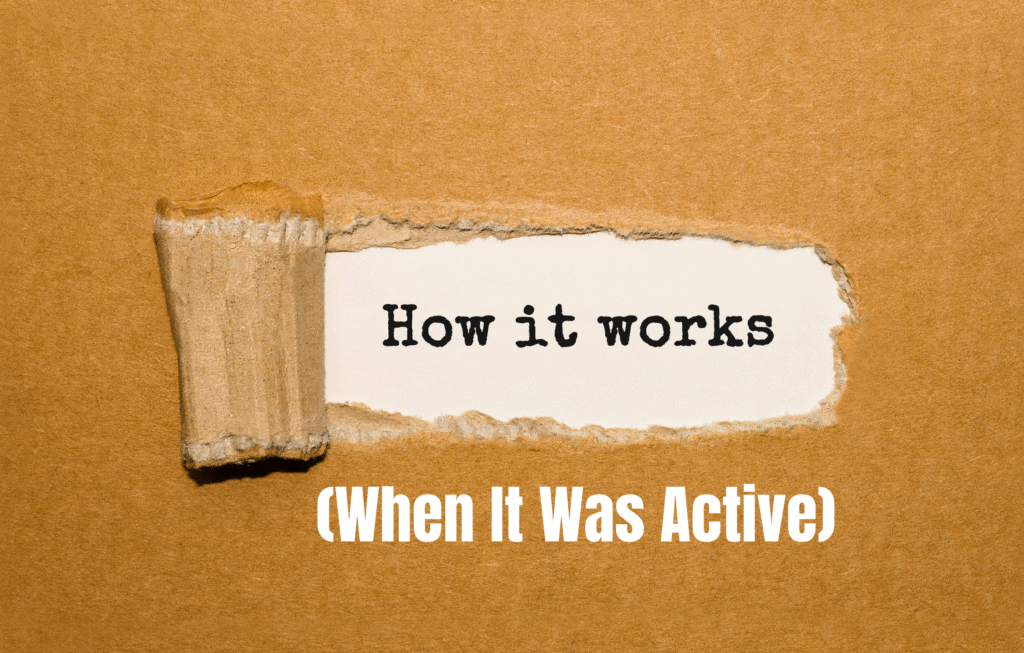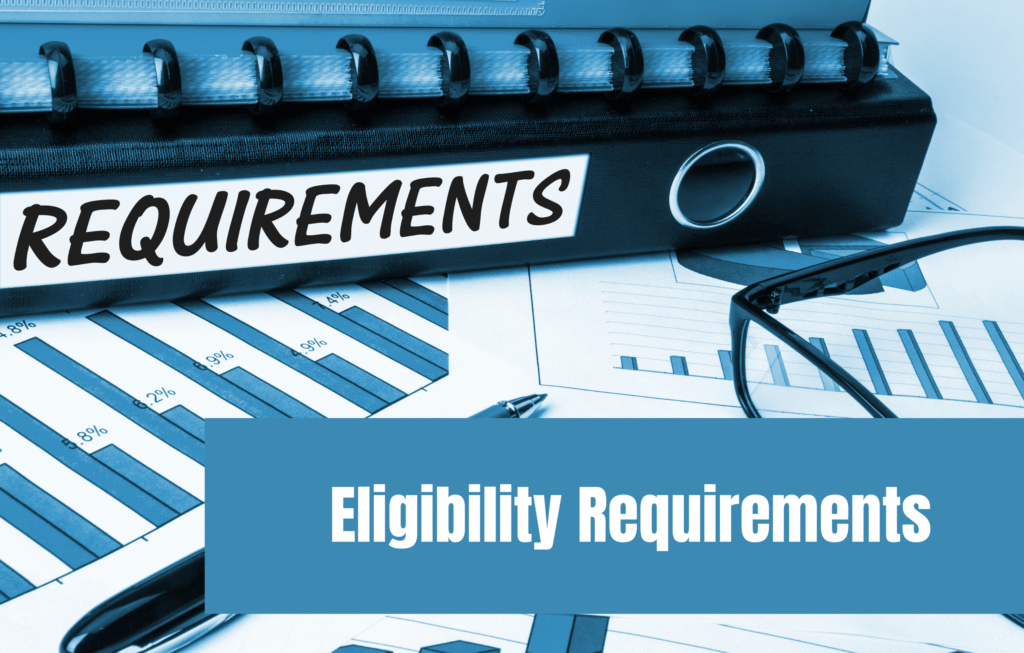Latest Status (as of mid‑2025)
- The Clean Vehicle Rebate Project (CVRP) officially closed to new applications on November 8, 2023.
- All funding for standard and increased rebates have been reserved. That means if you had not applied by that date, you cannot start a new application under CVRP.
- If you applied prior to the closing date and your application was already submitted, there might still be a chance of payment, especially if your application was placed on a waitlist or “standby list.” But there is no guarantee unless you were already in before funding ran out.
Because of this, you cannot now claim a brand‑new rebate if you’re purchasing/ leasing an eligible EV after CVRP closed, unless you had started the process. However, there are other programs and incentives in CA that might help. More on that later.
How It Worked (When It Was Active)

Here’s how you could have claimed up to $7,500 under CVRP, to help you see what was required and what those who applied before the closure had to meet.
Eligible Vehicle Types
- Battery Electric Vehicles (BEVs)
- Fuel Cell Electric Vehicles (FCEVs)
- Plug‑In Hybrid Vehicles (PHEVs)
Rebate Amounts
Depending on income and other qualifiers, the rebate amount varied. At peak best case for low/moderate income consumers, up to $7,500 could be available. For others, lower amounts. The “increased rebate” applied for low/moderate income households.
Also, some beneficiaries got a $2,000 EV Charge Card (usable at public charging stations) in addition to the rebate, if they qualified under the “increased rebate” category, and applied on or after a certain date (August 15, 2023).
Eligibility Requirements

If you were applying, here were the main criteria you needed to satisfy:
- Applicant & Residency: Must be a California resident; purchaser or lessee. Businesses, nonprofits, government entities could also apply. The vehicle must be registered in California.
- Income Limits:
- For standard rebate: Income caps applied (for example, $135,000 for single filers; higher for joint or head‑of‑household filings)
- For increased rebate: Household income less than or equal to 400% of the Federal Poverty Level (FPL) was required. The exact numbers depended on household size.
- Vehicle Requirements:
- Must be new (not used or demo vehicles)
- Odometer should read less than 7,500 miles at purchase/lease time
- MSRP caps: For “Cars” (hatchbacks, sedans, etc.), the base MSRP had to be ≤ $45,000; for larger vehicles (pickups, SUVs, minivans), ≤ $60,000. Fuel‑cell EVs were often exempt from MSRP caps or had different rules.
- Timing / Documentation:
- You had to apply within 90 days of the purchase or lease date.
- Submit all required supporting documents (proof of income (if applicable), purchase/lease agreement, vehicle registration, driver’s license, etc.) within a certain timeframe after the online application.
- Ownership / Registration:
- The vehicle must be registered in California and kept for 30 consecutive months. If you lease, the lease had to be at least 30 months.
What to Do If You Applied Before the Closing Date
If you applied on or before November 8, 2023, but your rebate has not yet come through, here are the steps and things to check:
- Check your application status online using login credentials at the CVRP or Clean Vehicle Rebate website. Emails are also sent at various stages.
- If you were selected for income verification, make sure you submitted the requested documents correctly. A missing form or mismatch in documentation can cause delays.
- If your application was placed on the standby list, understand that rebates from that list depend on whether additional funds become available (e.g. through returned funds, cancellations, or budget adjustments). You may have to wait longer.
- Keep your contact information up to date (address, email), because if approved, the check or charge card will be mailed. Delays in contacting can cause issues. Also, watch for emails asking for missing or unclear documentation.
Alternatives and Other Incentive Programs
Since CVRP is closed to new applicants as of November 2023, here are other programs and incentives you should explore if you were hoping to get rebate support now or in the future:
- Drive Clean Incentives: California maintains a “DriveClean Incentives Guide” which lists other zero‑emission vehicle incentives available in different counties and utility areas. These might include local rebates, utility company incentives, tax credits for chargers, etc.
- Clean Cars 4 All: A program that helps low‑income residents scrap older polluting cars and either replace them or get cleaner alternatives; it offers substantial grants and incentives.
- Federal Tax Credits: Even if state rebates are unavailable, check whether the vehicle you are buying qualifies for a federal EV tax credit (for example under the Inflation Reduction Act). This credit may require meeting specific battery, manufacturer, and income rules. (Not under CVRP, but another layer of incentive.)
- Utility Company Programs: Some local utility providers in California offer rebates or lower electricity rates for EV owners or for installing home charging stations. It helps reduce operating costs, even if the vehicle purchase rebate is not available now.
Key Lessons and Tips to Keep in Mind

Even though CVRP is closed now, knowing how it worked can help you prepare for future programs or similar incentive schemes. Here are tips based on what people who successfully got the rebate have learned:
- Act early: Once funds are announced or programs open, applications often fill up fast. Don’t wait if you’re eligible.
- Check all rules carefully: Small details like MSRP caps, required documentation, lease vs purchase eligibility, and residency can trip people up.
- Save documents: Keep copies of your purchase/lease agreement, DMV registration, driver’s license, proof of income (if needed), etc. Make sure names/addresses match across documents.
- Watch deadlines: If there is a deadline to apply after buying the car, or to submit supporting documents after the online form, missing those makes your application invalid.
- Understand the income verification process: Be prepared that CVRP (or any such rebate program) might ask for more proof. Delays often come from missing documents, tax filings, or mismatched names.
- Stay updated on similar or future programs: Because policies change, and new funding may become available under different names. Also, keep track of local incentives.
Bottom Line
If you were hoping to claim up to $7,500 via CVRP, you needed to apply before November 8, 2023. After that date, new applications are no longer accepted under CVRP since the program has closed due to funding being reserved. If you already applied, especially if you met all eligibility requirements and submitted your documents properly, you might still receive the rebate or charge card (if eligible, especially under the income‑based “increased rebate” category). But new applicants will need to look at alternative incentives.
FAQs
Is the California Clean Vehicle Rebate Project (CVRP) still open?
No. CVRP officially closed to new applications on November 8, 2023. All funding was reserved. Only those who applied before that date may still receive rebates.
Can I still get a rebate if I applied before November 8, 2023?
Yes, if you applied before the deadline and submitted correct documents, your application may still be processed—especially if you’re on the approved or standby list.
How much rebate could I get through CVRP before it closed?
You could get up to $7,500 for eligible EVs, depending on your income and the type of vehicle. Some also qualified for a $2,000 public charging card.
